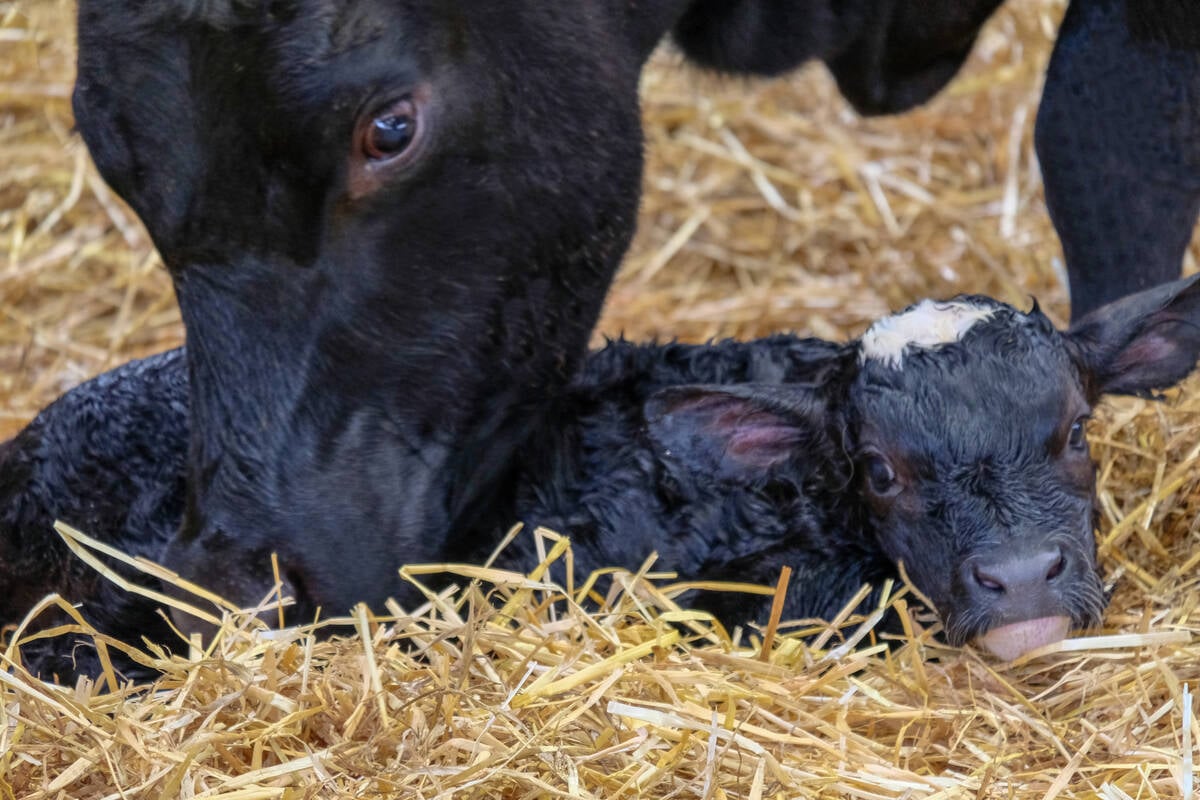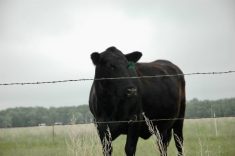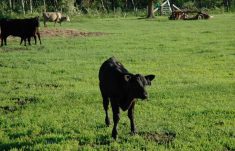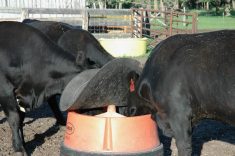Nobody predicted that calf milk replacer would cost more than $100 per bag (20 kilograms).
Yet, the writing was on the wall with increased world demand for milk-based food and ingredients. Like most dairy producers, some people acknowledge its skyrocketing cost but have become advocates to remain feeding high levels or accelerated levels of milk replacer.
Their endgame is that better-quality calves make better (high-milk producing) dairy cows.
Read Also

Harvest wraps up and fall work begins
At the Eppich famly ranch in western Saskatchewan, the fall harvest was successful with few breakdowns, cows and calves have been sorted and a new tractor has arrived
Consequently, Iowa State University proved more 20 years ago that standard calf milk replacer programs (still practiced today) yield only modest calf growth rates. The researchers at that time fed milk powder at the rate of 1.25 to 1.5 per cent of bodyweight to groups of pre-weaned calves, which supplied only enough dietary energy and protein to support maintenance requirements with a little left over for nominal growth. They found that feeding milk replacer at an accelerated rate of two to 2.5 per cent of bodyweight allowed a matching group of calves to achieve phenomenal double neonate birthweight growth.
For example, a 150-dairy cow operator that I visited a few years ago switched up his automatic calf feeding system to feed a reconstituted 1,200 grams of 26-26-18 milk replacer (from a standard 20-20-20 milk replacer of 800 g) to each of his pre-weaned calves.
At 56 days or eight weeks of age, he weaned them off the milk replacer and was able to achieve an average weaning weight of 102 kg (1.05 kg per head per day). He then put them on a modest-energy heifer grower diet until they were bred at 14 to 15 months of age. He then reduced their dietary energy slightly until they were finally brought onto the milk-line at about two years of age. His first group of accelerated heifers yielded about 15 per cent more milk during their first 305d-year of lactation as compared to past milk-reared animals.
It should be mentioned that this producer also introduced a 21 per cent protein texturized oat- and corn-based calf starter to all his pre-weaned calves at seven days of age. At first, they nibble at it, but by three to four weeks of age, they were eating about 700 g, which by nature stimulates good rumen development. By the time, these calves reached 56 days of age, most of them were eating about 1.2 kg, which is proven to facilitate weaning/transference onto post-weaning replacement heifer diets.
My case-study dairy producer was always aware of the cost of his accelerated calf milk replacer program in order to achieve its superior benefits. See the included simple 2025 balance-sheet of his accelerated milk replacer program as compared to a current conventional feeding option.
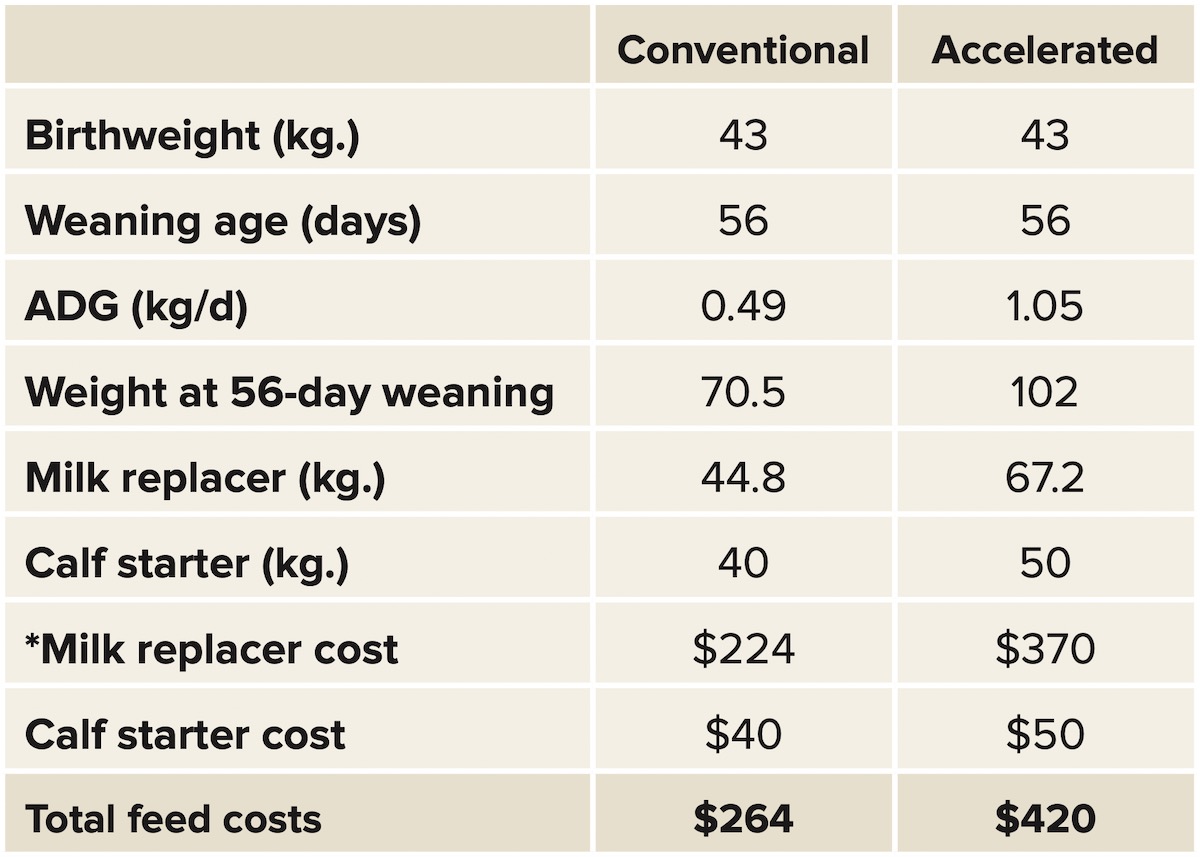
1. Investment of each program — It costs about $156 or 60 per cent more to feed Holstein dairy calves on an accelerated dairy program. At first glance it seems excessive to spend over $400 per calf weaned at eight weeks of age. However, weaned heifer calves are no longer worth $400 as they once were, but $1,000 to $1,500, depending on health and genetic statute of each weaned calf.
2. Investment in a consistent milk-based program — Investing in an accelerated milk replacer feeding program just lends itself to feeding a well-formulated 26-26-18 milk replacer that now costs about $110 per 20 kg bag. The advocates say that it cannot be substituted by feeding less-expensive milk replacer or pasteurized whole milk that often cause digestive upsets when fed at higher than conventional milk-feeding levels.
3. Importance of good quality and clean water — All conventional and accelerated milk replacer feeding programs requires high-quality water free of high total dissolved solids and other contaminants. I recently witnessed a 100-cow dairy that fed milk replacer to their calves. They put in a water-treatment system in their calf barn in 2024 and within a few months, significantly improved calf health and performance.
All three points are valid. It is a matter of “accelerating” young pre-weaned dairy calves on a better plain of nutrition to meet their full growth potential. A full transference of such superiority means more milk produced and thousands of dollars earned in the not-so-far future.


